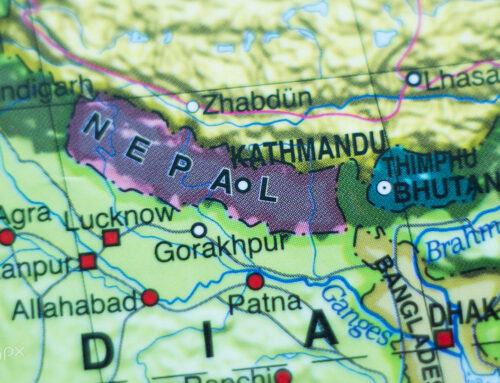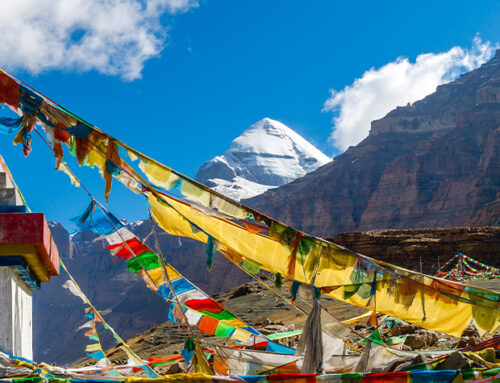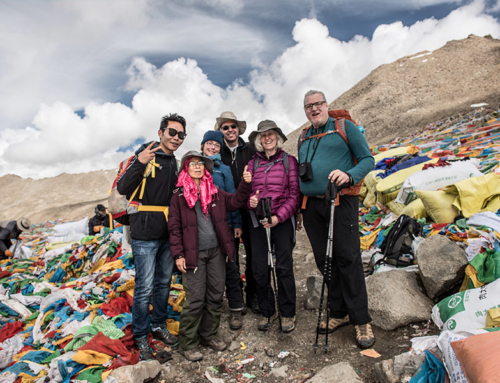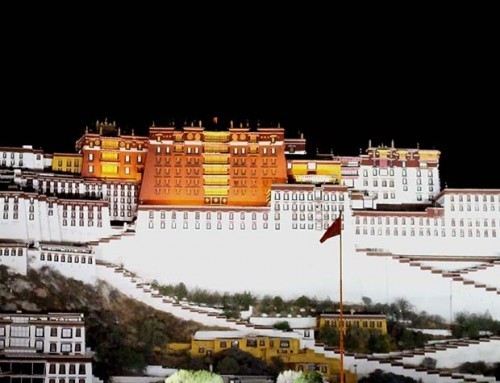In the realm of Buddhism, the concept of taking refuge holds profound significance. It symbolizes a pivotal commitment on the path to awakening and liberation from the cyclic nature of suffering. Buddhists find solace in the Three Jewels: Buddha, Dharma, and Sangha, which serve as spiritual anchors in the tumultuous sea of existence. In this article, we will delve deep into the meaning and significance of taking refuge in the Three Jewels of Buddhism.
The Three Jewels of Buddhism
The Three Jewels—Buddha, Dharma, and Sangha—form the core of Buddhist practice and philosophy. They represent the pillars of guidance and support on the arduous journey to enlightenment.
The Purpose of Taking Refuge
Taking refuge is not a mere ritual but a profound commitment. It entails awakening from confusion and aligning oneself with the path of wakefulness. It embodies both acceptance and openness while fostering a sense of freedom. When one takes refuge, they make a solemn pledge to seek true freedom.
Freedom from the Endless Search
Before discovering the Three Jewels, many individuals find themselves endlessly searching for solutions in the external world. They embark on a relentless quest for happiness and security in material possessions, relationships, or worldly pursuits. However, this ceaseless pursuit often leads to more suffering.
Taking refuge, in essence, signifies the acknowledgment of the futility of this approach. It is a conscious decision to end the cycle of seeking temporary relief and embrace a more profound spiritual path.
The Buddha Jewel
The Buddha is not an object of worship or a deity but a remarkable human being. Like us, the Buddha was mortal and grappled with the challenges of existence. However, through unwavering dedication to meditation and self-awareness, he attained total freedom from suffering.
The essence of the Buddha’s 40-year teachings is that every human being possesses the potential for enlightenment. Taking refuge in the Buddha jewel means recognizing that we, too, can discover our own Buddha nature.
The Dharma Jewel
The Dharma encompasses the vast treasure trove of teachings left behind by the Buddha. It offers a comprehensive roadmap to navigate the complexities of life. The Dharma includes not only ancient texts and the wisdom of meditation masters but also every facet of our daily experiences.
When one takes refuge in the Dharma, they perceive every event as an opportunity for learning and growth. It instills a passionate commitment to embrace life in all its facets.
The Sangha Jewel
The Sangha refers to the community of fellow practitioners on the spiritual journey. Traditionally, it comprises monastics, bodhisattvas, and enlightened beings. However, the Sangha can also encompass individuals like us who are awake to the limitations of worldly solutions.
The Sangha offers unwavering support, inspiration, and a reflective mirror for gauging our progress along the path. It reminds us that we are not alone on this profound journey.
Taking Refuge as an Ongoing Journey
Taking refuge is not the end but the beginning of an enduring process. It signifies a commitment to continuous self-improvement and the relentless pursuit of wisdom and compassion.
The journey unfolds within our own minds and bodies, making each of us a refuge in our own awareness. Those who turn to meditation and diligently work on their minds are active participants in the act of taking refuge.
Becoming a Homeless Refugee
Taking refuge involves shedding the illusion of security in the material world. It means relinquishing our attachment to the concept of a stable home ground, which is ultimately illusory. In this context, we become “homeless” refugees, liberated from the need for external security.
The essence of taking refuge lies in the recognition that there is no solid foundation of security in our lives. We are, in a sense, lost and confused, but this acknowledgment opens the door to profound spiritual growth.
The Loneliness of Refuge
As we embark on the path of refuge, we confront our own sense of aloneness and groundlessness. We realize that there is no external savior or source of salvation. It is a deeply personal journey, and we become responsible for our own awakening.
Individual Responsibility and Self-Discovery
The core of taking refuge lies in working with our own minds and consciousness. It involves personal responsibility and self-awareness. Through meditation and self-exploration, we discover the transformative power of inner work.
Taking Refuge in the Three Jewels
Taking refuge is not a mere ritual but a transmission of wisdom and energy into our very being. It signifies our entry into the living tradition of Buddhism, making us part of a lineage that has endured for thousands of years.
The Pioneers of Spiritual Growth
In taking refuge, we embark on a journey akin to that of the first settlers. We start from scratch, building spiritual ground with our own bare hands. This pioneering spirit underscores our commitment to creating our path.
In this communal effort, we are not alone. The Sangha, our companions on this journey, is an invaluable resource. They offer insights, encouragement, and the reminder that we are all pioneers, building our unique spiritual cities.
Seeking Shelter from Suffering
In times of suffering and distress, it is human nature to seek refuge or shelter from the storms of life. We instinctively yearn for relief from pain and discomfort. Often, we turn to temporary remedies—be it material possessions, relationships, or various worldly pursuits. However, Buddhism teaches us that these external solutions are inherently impermanent and incapable of offering lasting freedom from suffering.
Conclusion
Taking refuge in the Three Jewels of Buddhism is a profound commitment to self-discovery, awakening, and liberation. It signifies our departure from the cycle of seeking external solutions and our entry into a path of inner transformation. The Buddha, Dharma, and Sangha provide guidance, inspiration, and companionship on this transformative journey.
FAQs
What is the significance of taking refuge in Buddhism?
Taking refuge symbolizes a commitment to the path of awakening, freeing oneself from the cycle of suffering, and aligning with the Three Jewels: Buddha, Dharma, and Sangha.
Are the Three Jewels worshipped as deities?
No, the Buddha is seen as an enlightened human example, not a deity. The Dharma represents the teachings, and the Sangha is the community of practitioners.
What does it mean to become a “homeless refugee” in Buddhism?
It means letting go of attachment to worldly security and recognizing that true refuge is found within oneself, not in external sources.
How does taking refuge differ from seeking external solutions to suffering?
Taking refuge acknowledges the impermanence of external solutions and commits to inner transformation and self-awareness as the path to liberation.
What role does the Sangha play in taking refuge?
The Sangha provides companionship, support, and a reflective mirror for one’s progress on the spiritual journey, reminding practitioners that they are not alone.









